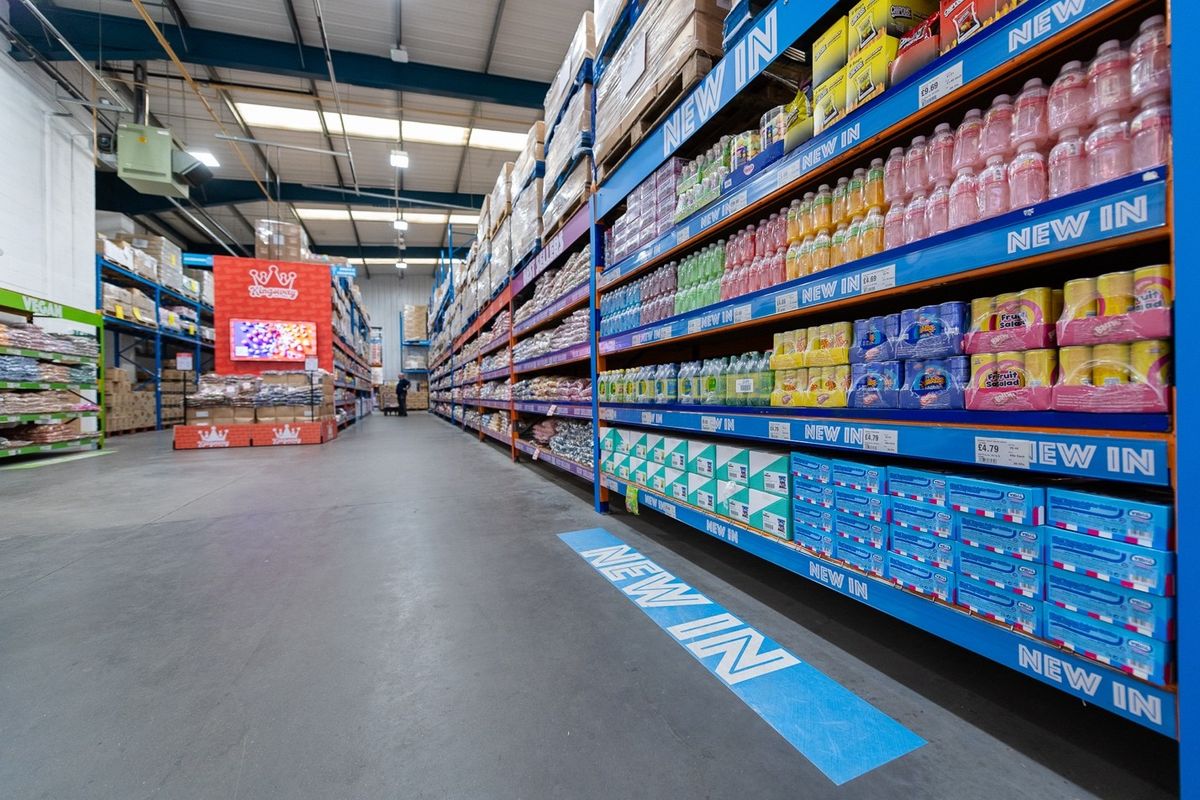Following a string of successful store events last year, leading confectionery wholesaler Hancocks is inviting customers to join them at their Sweetest Day events this year.
The events will provide retailers with some of the best offers and deals available across the extensive range of brands and products.
Sweetest Day celebrations will take place across all 14 of Hancocks’ depots from 8am to 8pm, with the first event commencing on March 7.
The day will be sponsored by Valeo, Swizzels, Perfetti and Nestle.
Customers will be given the chance to make the most of the in-store exclusive and one-day-only deals from top selling brands like Crazy Candy Factory, Warheads, Candy Realms and Bonds.
Customers looking to get the most for their money will be able to get £25.00 RRP of free stock when they spend £100 or more.
Retailers can also stock up on trending items by saving £10.00 when they buy five of the Crazy Candy Factory top-selling novelty lines.
There is an exclusive deal while stocks last from each store, when retailers buy a selection of the Zed Candy range they will receive a free five shelf FSDU and two free cases of stock.
The wholesaler will also have lots of giveaways and prizes on the day including a Hisense 50 inch TV and a Swizzels hamper. Retailers could even win their height in Choc Nibbles.
The unmissable events also offer the chance for customers to enjoy new product samples and have the chance to stock up on seasonal must-haves.
“We had such a fantastic reaction to our Sweetest Day events last year and wanted to come back bigger and better for our customers in 2024,” Kathryn Hague, head of marketing at Hancocks, said.
“Our deals are even more tempting, with retailers getting the chance to win free merchandising solutions and stock with their purchases!
“We love giving back to our loyal customers and making sure they have a great experience in store. The Sweetest Day events are designed around them.
“Being able to bring back our in store customers events across the country this year is a testament to all of the hard work of the teams across the business and the support from our retail customers.”


